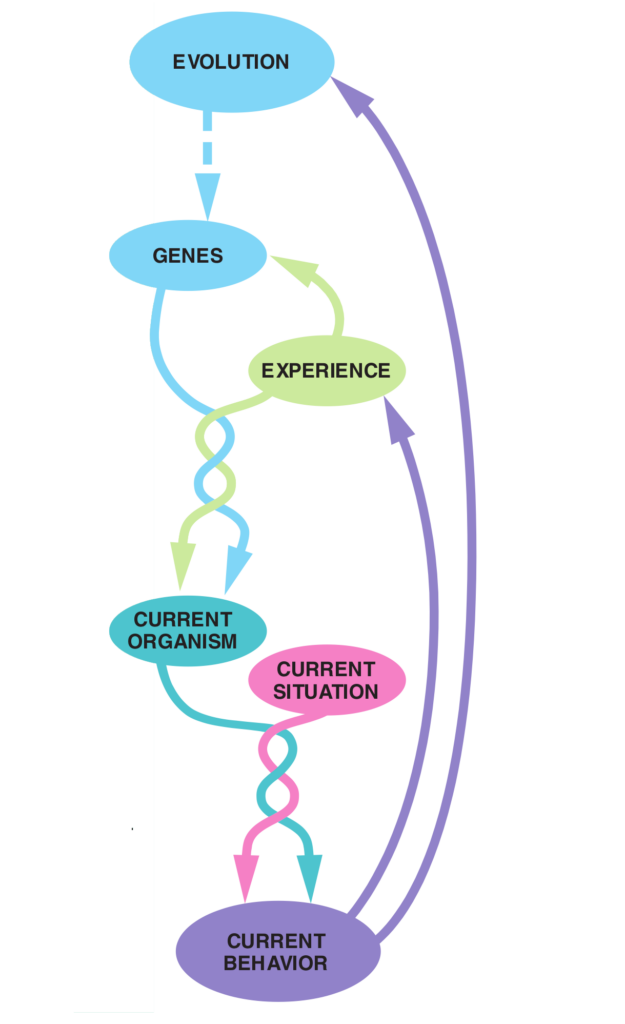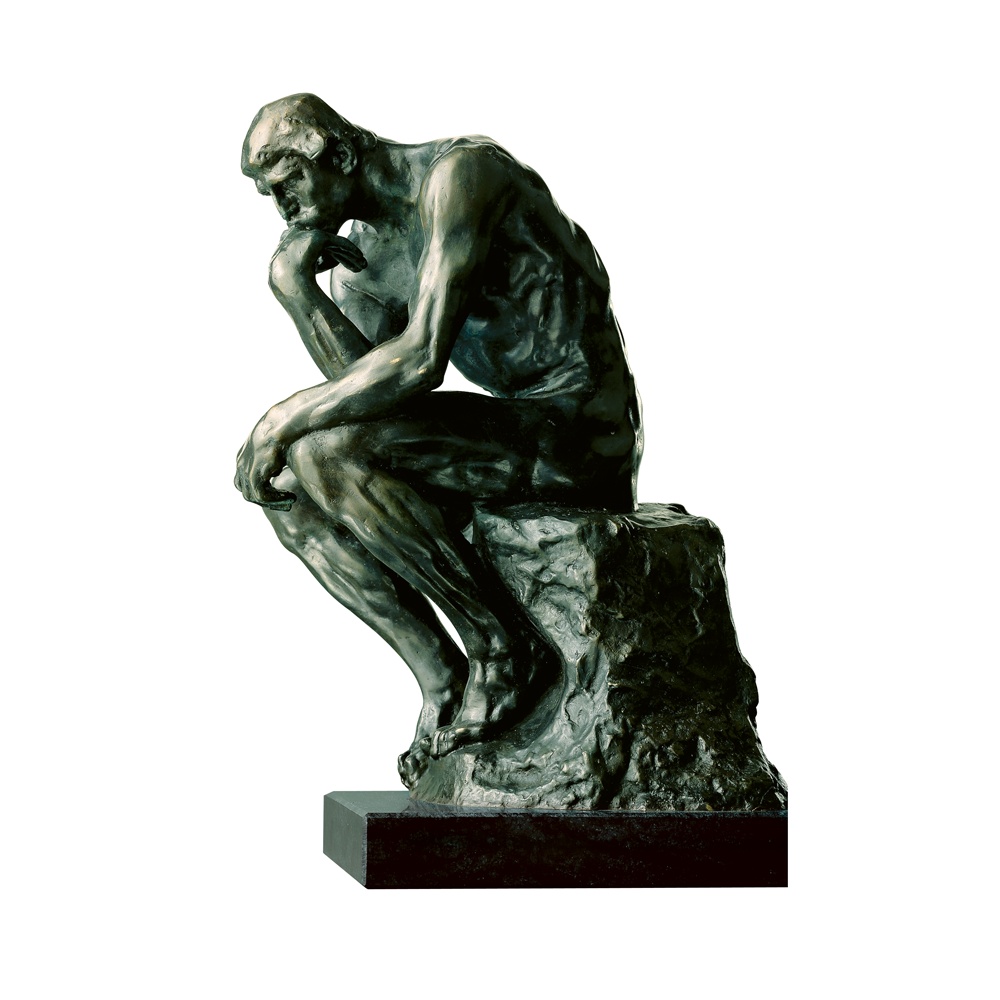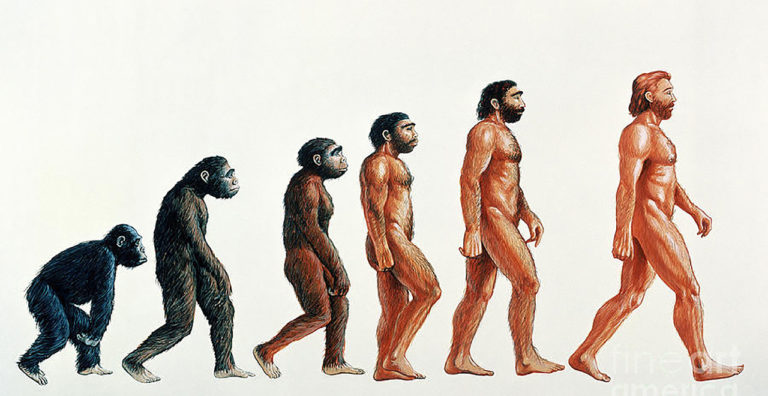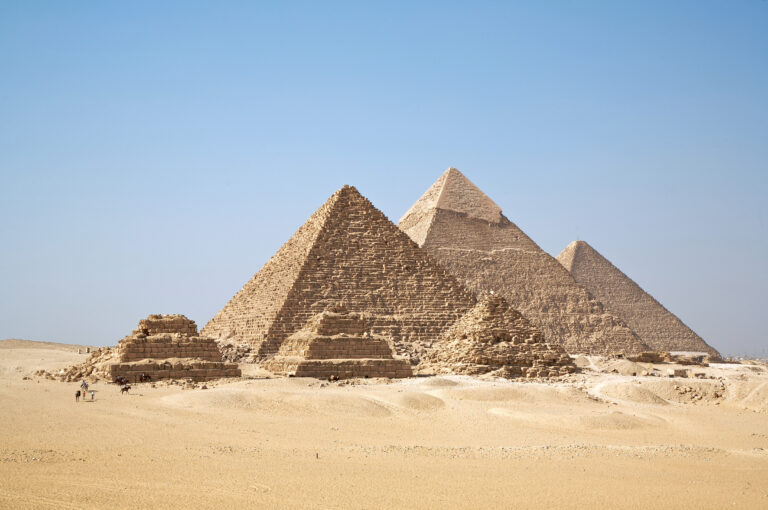Metaphysical principles of behavior
GOAL
CONCLUSIONS
FOLLOW UP
REFERENCES
GOAL
The purpose of this post is to relate the principles of biological evolution to the laws of physics.
Background
Evolution is often described in biological terms. There are however universal physical laws which also seem apply to the principles of evolution.
CONCLUSIONS
The two basic fundamentals of human behavior are:
- Energy = capacity to cause change
- Intentions = targeted attempts to redirect energy
Human societies have increasingly been able to redirect energy for their own purposes. In accordance with the second law of thermodynamics, this energy is needed to maintain and enforce cooperation.
Since energy cannot be created nor destroyed, utilization of energy is a zero-sum game and yields competition. This principle resembles the first law of thermodynamics.
Still a puzzle is the emergence of order in biological evolution which seem to defy the increasing chaos or entropy in cosmic evolution. Chaos theory discusses self-organization in terms of islands of predictability in a sea of chaotic unpredictability.
FOLLOW UP
- Is evolution towards or away from chaos?
- Are thoughts energy?
REFERENCES
The most basic fundamentals of human behavior are energy and intentions. Energy is the capacity to cause chance and intentions are targeted attempts to redirect energy. So in essence human behavior is intentional coordinated energy. Throughout history human societies became increasingly more complex and structured. Complexity and structure could expand by the successful (inter-generational) transmission of knowledge and experience through language. According to broad ranging estimates, language emerged in humans at probably around 100,000-500,000 years ago. However, even before the likely advent of language hominoids already banded into increasingly larger groups, as is depicted by Dunbar (2003). The greater group size was accompanied by larger complexity and increasingly needed more structure to thrive. Apparently, human societies were increasingly able to apply more energy for their own purposes since the Second law of thermodynamics dictates that increasing (and maintaining) structure needs energy.
The second law of thermodynamics also implies that the universe is degrading into chaos throughout time with entropy increasing. However (human) evolution seems to defy this process of decay. Big History scientists like David Christian believe, that under the right circumstances (the Goldilock principle) structures can emerge in a chaotic system through self organization in which a system is able to control its environment. Human societies seem to have reached this stage, but it also requires a continuous and probably increasing redirection of energy in order to maintain an enhance this structure. Maybe, energy is increasingly clustering when entropy increases in the universe. In those clusters it is perhaps possible for evolution to thrive.
In human societies cooperation is necessary to build those structures. It is metaphysically plausible to assume that even simply maintaining cooperation between humans needs a continuous redirected flow of energy. As a matter of speech this is enshrined in the saying that people have to invest in a relationship, even if this relationship already exist. It is for instance also apparent in the way people are socializing to maintain the relationship.
Next to structure, also linked to energy is the principle of cause and effect. Energy is always needed to cause an effect. Moreover, energy cannot be created or destroyed; it can only be conserved and converted from one form to another as is formalized in the first law of thermodynamics. Since energy cannot be created it has to be obtained in someway which can lead to competition between humans over energy, which is in principle a zero-sum game. This resulting scarcity principle is therefore deeply rooted into human behavior and causes competition to trump cooperation.
Since energy plays a vital role in the human behavior and the road from intention to action, the formation and efficiency of energy utilization is key. This road consists of :
1] Anticipation of the amount of energy needed to fulfill the intended goal.
2] Assessment if the estimated gain of the action is worth the effort.
3] Redirect energy: internally, externally: 1) other humans, other organisms, 2) non-living: technology, leverage
4] Translate energy into useful work
5] Align the useful work with your intentions
All 3], 4] and 5] result in energy-waist.
The problems people face with intentions:
1] How attainable are the goals/intentions? (what is the (real) locus of control?)
2] Whats is the unit of intention? Who wants what?







